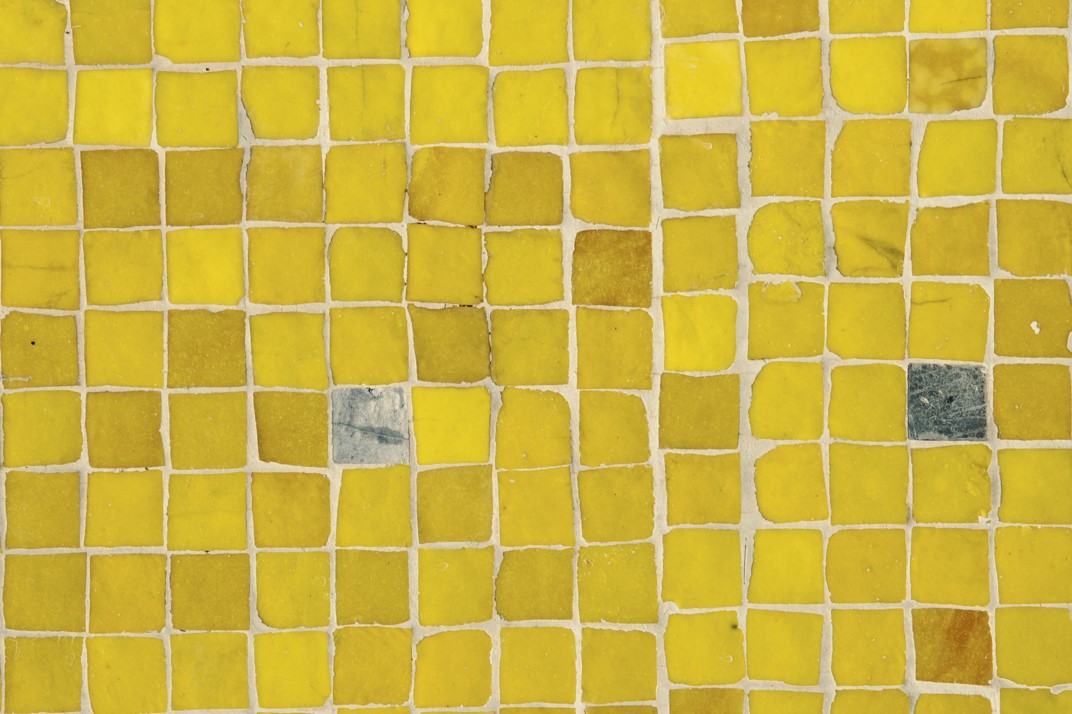In times of continued emphasis on accessing and analysing large datasets, the DIGEX 2021 Conference enabled people from all over the world to listen to and participate in discussions on how to make this happen in an efficient way.
Committee member Dan Austin from Earth Science Analytics said: “When we built the conference programme, which took place over two consecutive days, we wanted to start by setting the scene for digitalisation.”
Within that framework, three presenters from companies such as Shell, Microsoft and Equinor explained how their employers dealt with the new ways of working.
“It was great to see how much companies have embraced the road towards digitalisation and also, how initiatives such as the OSDU are trying to harmonise data formats in such a way that it becomes more accessible than it was before,” Dan adds.
Given the lively conference chat, and the response to the various questions asked through the polls at the same time, the audience was clearly very engaged in the conversation.
Highlight of the conference
“Another highlight of the event”, as Dan puts it, “was seeing how companies are dealing with the outcomes of the Released Wells Initiative.” A project that really lends itself for data analysis and cloud-based computing: “it was good to see that initiatives have been taken to process the publicly available datasets in order to quickly screen the data and make geological sense of it.”
An example of this was presented by Kine Johanne Årdal from Pandion, where she showed how her company has teamed up with Spirit and DNO to have a tool developed that allows to display the various data sets in such a way that geologists can do what they are supposed to do: exploration.
Virtual field trips
Even though many people would probably have appreciated a real conference field trip after a long day sitting in front of the computer, the four virtual field on offer during the conference at least brought the rocks a little closer by.
Four stunning locations with a wide-ranging pallet of geological features were further studied during the event, from the hills of Svalbard via the outcrops and coastlines of England and Ireland to the Book Cliffs in Utah, it was obvious that virtual field trips really do broaden the geologist’s toolkit to further examine an area.
How many data managers do we need?
Apart from listening to talks and visiting the digital field, there was ample room for discussion during the several Q&A and virtual coffee break sessions. One of the topics discussed was around the theme of managing the ever-increasing amount of data. Opinions differ quite strongly, as some of the polls showed. Whilst some people strongly advocate for there to be no data managers at all, as unstructured data is well searchable these days, others are clearly in favour of maintaining a data management capability or even increase it.
Clearly, with the data more and more at the forefront of the way we work, it doesn’t mean that there is one “preferred” way. That is why conferences such as DIGEX are a good platform to share ideas and hear from each other how it can be done.
Have you missed a talk at DIGEX? Participants have the opportunity to re-watch the talks until the 12th of March. You can also register now to get access to all the talks.
HENK KOMBRINK





